Are you experiencing low audience engagement on your value-packed blog posts?
Are your readers hardly staying on your posts more than a few seconds?
If you are nodding your head in yes, you aren’t alone.
Many bloggers are struggling with the same issue as you have.
Believe me, I also have faced this problem and I can understand it isn’t easy to make readers stay unless they emotionally attach to you or vice-versa.
You know you are a master in your field and you have a good experience in your subject, but you have no idea how to deliver it to your readers that they will love.
I don’t mean to say, you don’t know how to write an engaging article.
What I am trying to say is, you are missing the emotional hooks that connect your readers to you and make them stay on your page.
What Is Emotional Hooks?
Emotional hooks or basically triggers that you can use to gain a psychological advantage over a stranger in your very first interaction with him.
It’s up to you which emotional triggers you like to use positive or negative.
How to Identify Right Types of Emotions
Several people define emotions in different ways. But, there are only two basic emotions that we all experience, love and fear.
All other emotions are derived from these two emotions:
- Fear-based emotions – Anxiety, anger, control, sadness, depression, inadequacy, confusion, hurt, loneliness, guilt, and shame.
- Love-based emotions – Joy, happiness, caring, trust, compassion, truth, contentment, and satisfaction.
Love-based emotions are commonly known as positive emotional hooks, however, fear-based emotions are negative emotional hooks.
Feeling Wheel
How To Use Emotional Hooks in Blogging
So by now, you know the types of emotional triggers.
Next, you need to learn how to use these emotional anchors when you start blogging.
You might be wondering, why would you care about emotions, memory hook, and anchors or whatever I am talking to you?
Let me explain:
[Tweet “Your readers like to be touched, moved, and feel special by your story. #feelspecial”]They want you to offer them the story that they can relate themselves, a story that challenges them and offers them the opportunity to do and be something other than what they do or are in their real lives.
I guess you have understood the importance of emotional triggers.
Let’s see how you can use those hooks in your blogging.
Capture attention with a magnetic headline
Believe me or not, but it’s true that people do buy a book based on the cover.
And, they purchase wine because of words printed on their label.
When it comes to the online content headline it is the first thing that a visitor encounters before they land on your website.
It takes less than 2 seconds for him to decide whether he will click or not.
You know on average, 8 out of 10 people will read your blog title, but only 2 out of 10 will read the rest post.
However, writing a great headline doesn’t mean your article will be successful, but a great body content with average or bad title usually gets low clicks or be unread forever.
Following are some tips to write great headlines with examples:
1- Share your personal experience – People take more interest in personal stories than fictional. For example – How Does a Bestseller Happen? A Case Study in Hitting #1 on the New York Times by Tim Ferriss.
2- Teach someone how to do XYZ – How-to type title never gets out of fashion. Show your audience step-by-step tutorials for a specific task they are struggling with. For instance – How To Do A/B Testing Through Google Analytics? A 5 Minutes Guide
3- Provide useful resources to learn specific skills – Your readers will love if you offer them best resources to learn skills that they want to learn e.g. 17 Free Resources to Learn SEO From The Scratch
Hook the readers with engaging description
The old concept of the copywriters is the job of the first line in an article or blog post is to get readers to read the second line and so on.
I agree with it.
But, it becomes difficult to make them stay on your blog when they have less than 8 seconds attention span.
Once your headline did its job, you have a few seconds to hook your readers to build a relationship with them.
Following are tried and tested approach to writing a magnetic description:
1- Make your readers wonder – Put a question in your readers’ minds. Make them scratch their head in curiosity, what is going to happen?
Make them wonder and they will keep reading:
2- Begin with the main problem – When you already know your reader’s pain point and starts your description with that, chances increase your readers will take interest in your post.
They like to know the end to find the solution of that problem.
3- Create an interesting picture – Descriptions become amazing when it allows readers to imagine a picture in their minds. It’s a simple yet effective way to write a creative description.
The reader feels like the story is all about him.
4- Introduce an interesting character – Picture an engaging character in the beginning of your description. It makes your reader wonder what going to happen next?
5- Establish an emotional connection with readers – Remember your reader only cares about themselves and they only pay attention to your article when they like that.
And also, they only purchase when something touches their soul. Make sure your content emotionally touches them. Like this:
Address Your Readers’ Problem Before Solving Them
What differentiates a bad blog post and a good blog post?
Bad blog posts always start with their selling pitch. It clearly shows that they don’t care about readers all they care about themselves and their services.
On the other hand, good blog post helps the reader to understand what problems is he struggling with?
In addition, how a particular blog post can help him to deal with that problem.
First, address the root cause of the problem. Second, show your readers that you have a solution for that.
Jumping directly to the solution section without explaining the main topic could confuse the reader who isn’t sure yet, what problem he has?
This is the reason first, you need to talk about the issue that your reader is struggling with.
See, below is an example from Backlinko:
Encourage readers to take an Action
Congrats!
You have grabbed the attention of your readers, made them read your entire blog post.
Now, what next?
Your readers don’t know what to do next until you tell them. It’s your duty to guide them what to do after reading the post?
Make them to click on our Call-to-action (CTA).
Your CTA shouldn’t be salesy like Click here to buy XYZ.
The CTA should encourage readers to click to get more information on a specific topic, which will help them achieve the desired outcome or avoid an undesired one.
For instance, you are reading a post about some free content discovery tool and at the end of the post you see there are 50+ more powerful tools are free to download, what would you do?
Of course, you would click to download because you have already known that those free content discovery tools were amazing.
You become greedy to get more tools.
HubSpot’s blog posts do the same first they attract a new visitor looking to fix a problem. Then, they offer him solution as a guide to download.
You know you don’t need to learn any special skills to be a master blogger or marketers, all you need to know is your audience need a supply the best possible solution for him.
I would like to know, how often do you use emotions in your blogging?
Which sort of emotional triggers do you like when creating a content?

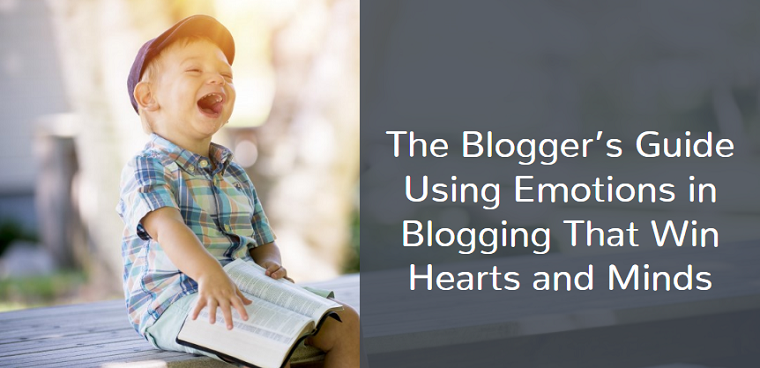
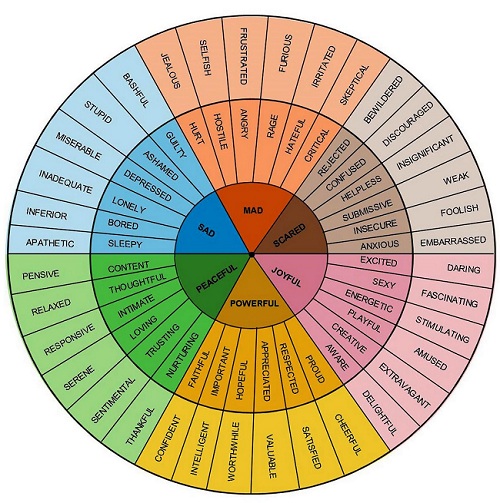

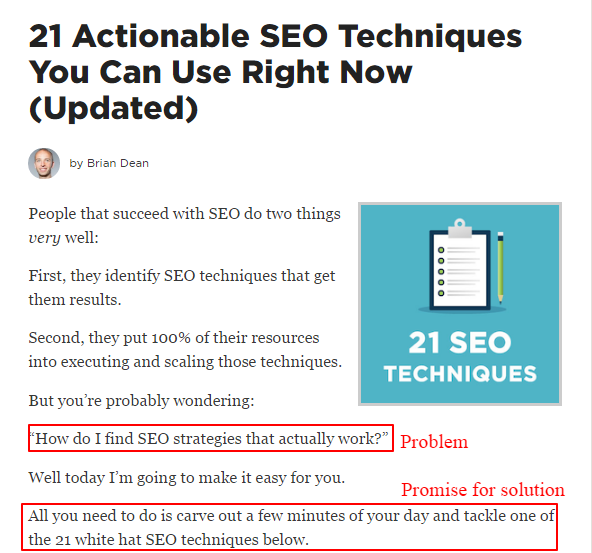
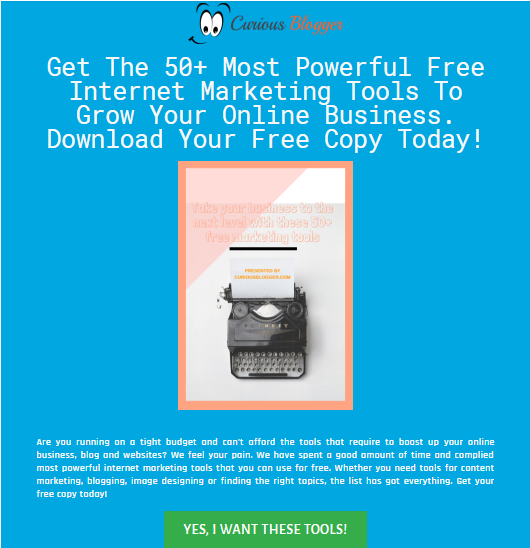



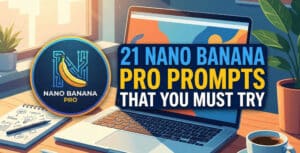



9 thoughts on “The Blogger’s Guide Using Emotions in Blogging That Win Hearts and Minds”
My idea Got Crystal Clear.
I have Some Concept Problem something was missing But After Reading Your Post
A debt of gratitude is in order For Sharing The post” The Blogger’s Guide Using Emotions in Blogging That Win Hearts and Minds” .
It was brimming with essential .
I like perusing Post On your site since it runs Excellence And With an alluring .
I am going to bookmark this site for further post.
Hope you have a nice day..
Hey Umesh,
Readers like to be touched, moved, by story. They like to imagine themselves in worlds and situations that challenge them, that give them opportunity to do and be something other than what they do or are in their real lives.
Fiction, whether in book or film or games, allows people to not only step into other worlds, but to experience those worlds. To do what they can’t in the course of a normal day. To feel beyond their normal feelings.
One technique the writer can make use of to create reality out of fiction is to induce emotion in readers, make them feel something of what the characters are experiencing. Writer and reader know the fictional events aren’t real, but the emotion can be. Readers can fear and feel joy and be excited and know grief. They can laugh and cry, shiver and rage. All from reading a whole scenario. We should try to use harsh or sharp words for the harsher emotions, soft-sounding and soft-meaning words for gentle emotions. It is no wonder that in the field of marketing, the cultivation of emotions to generate a desired response is widely practiced. Eventually, thanks for sharing your amazing thought with us.
With best wishes,
Amar kumar
Hi Amar,
Thanks for your thoughtful comments. Emotion are crucial to keep audience on your website.
Hey Umesh,
You have brought up an interesting topic. To build a rock-solid blog, it’s very important to embed your emotions.
I have read about Jon and he has achieved a lot in his blogging career. Adding the catchy headlines always work.
Thanks for sharing with us.
~Ravi
Awesome suggestion you make here,Umesh
I like it and your picture sure draws my attention.
The world is in lack of emotions 🙂 Most we see
negative ones ,throwing some positive ones into
a post will sure make a difference. I can see this
on my FB pages. The positive ones get the most
likes and attention. This sure works for blog posts
with images , headlines and content as well.
Great post
Thank you
Erika
Hi Umesh,
You’ve brought a sensitive issue that we often overlook.
But being bloggers, we should carefully take care of the matter of emotional hooking. Otherwise, we’ll fail.
In this regard, your post taught me a lot of things about it.
Thanks for sharing,
SM
Man, amazing article. I think this might be a pro technique to apply. Thanks dear.
Blogging emotions. What a beautiful topic and you have explained everything right. Thanks for sharing. This is really useful.
Thanks for this article. I have learnt a lot. I blog about being Positive on the Autism journey. I always thought putting emotions in front of the world is like crying and calling for sympathy but it seems that I can mix my emotions and give a positive answer at the end. Hope it works and thanks for the emotions wheel.